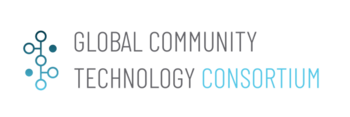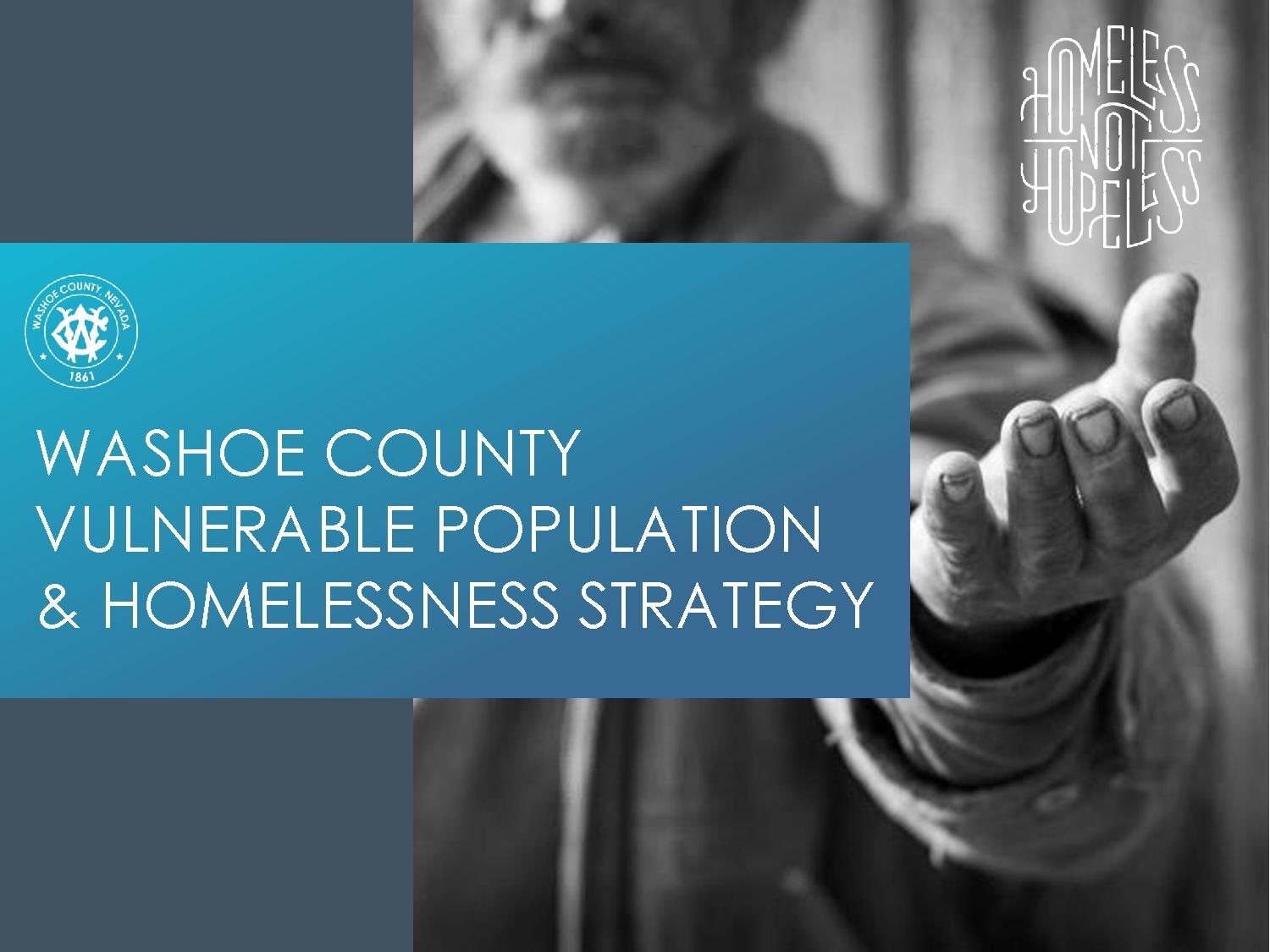Unraveling the Intersection of Incarceration Homelessness and Mental Health
| Unraveling the Intersection of Incarceration Homelessness and Mental Health | |
|---|---|

| |
 Washoe County Vulnerable Population & Homeless Strategy | |
| Team Organizations | SAS |
| Team Leaders | Jennifer Robinson |
| Participating Municipalities | Washoe County NV |
| Status | Launched |
| Document | 
|
Description
Perform analytics to understand the profiles of people who are high utilizers of emergency and social services and are incarcerated regularly. Data sources will be added over time to create a system that will allow workers at hospitals, jails, social services, or EMS to better understand the history and needs of the person with whom they are working in order to provide community support services necessary to break the cycle of incarceration and homelessness.
Challenges
The biggest challenge will be to overcome data sharing barriers, particularly in the mental health community, that prevent the organizations and institutions from bringing data together for meaningful findings. Because data will be merged from separate organizations, ensuring data quality and integration will be critical while maintaining and managing privacy concerns.
Solutions
TBD
Major Requirements
- Data sets will be taken from the county jails, emergency rooms (in Washoe), EMS (in Wake), and social service organizations.
- Develop data extraction, transformation, and load process
- Perform exploratory analysis of the data
- Create a data model for integrating the data, including entity resolution
- Create scope and requirements, project plan consistent with key-stakeholders’ needs
- Develop sophisticated analytic techniques to identify behavioral patterns and key factors to assess overall risk for future incarceration
- Operationalize risk assessment and proactive alerting and information to social services, law enforcement and emergency services
Performance Targets
| Key Performance Indicators (KPIs) | Measurement Methods |
|---|---|
|
Once baseline is understood, Counties will set target goals for performance of solution. Using performance management software, track and monitor incarcerations and utilization of emergency services for target population against baseline utilization. In addition, monitor the cost to delivery services in order to evaluate the impact that the system has. |
Standards, Replicability, Scalability, and Sustainability
- Requires interoperable, enterprise approach to data sharing and analytics to end-users and municipalities
- Create a standard set of algorithms, analytic tools, predictive models, and reports for understanding and assisting the high utilizer population
- Establish a standard definition of a “high utilizer” and procedures for providing appropriate interventions.
- Standardized analytic processes can be replicated in communities across the country, and scaled-up in multiple counties/regions. The solution is planned to be replicated in two US counties (Wake County, NC and Washoe County, NV).
Cybersecurity and Privacy
TBD
Impacts
- Fiscal: A tremendous amount of resources are used each year by jails and emergency services (such as EMS and emergency rooms) to house and treat a small group of “high utilizers.” Through proactive intervention and coordinated supportive services, resources can be saved by the county, its cities, and its hospitals.
- Economic: A cost-effective government and a healthy citizenry both contribute to economic vitality. This project will help both counties create a better environment for citizens, businesses and visitors.
- Health and Safety: By better identifying and understanding vulnerable citizens, a county can deliver a targeted service array to a population that is often disconnected from community services despite multiple and complex needs. This can reduce the incidence of chronic medical conditions, improve the treatment of mental illness, and steer citizens toward preventative rather than emergency services.
Demonstration/Deployment
- Phase I Pilot/Demonstration in 2016:
- Evaluate data quality, content and consistency of jail, EMS or hospital, and social service data. Integrate data sets
- Identify and analyze characteristics of high utilizer population in jail, EMS or emergency room, and HMIS systems
- Create and validate an initial scoring model using integrated data based on retrospective analysis
- Produce Phase 1 reports outlining findings
- Phase II Deployment June 2017:
- Incorporate addition data sources such as mental health service data, law enforcement data, housing data, ER data in Wake, EMS data in Washoe
- Operationalize analysis to proactively monitor data on a recurring basis to (1) to identify individuals with needs and risks that indicate opportunity for coordinated, proactive intervention and supportive services and (2) alert social services, law enforcement, and emergency services workers
- Produce reports that provide insights into the efficacy of supportive services and their impact on reducing incarceration or repeated use of emergency services